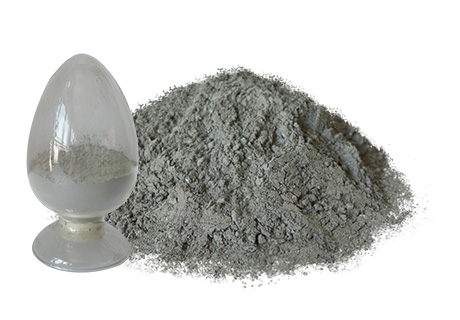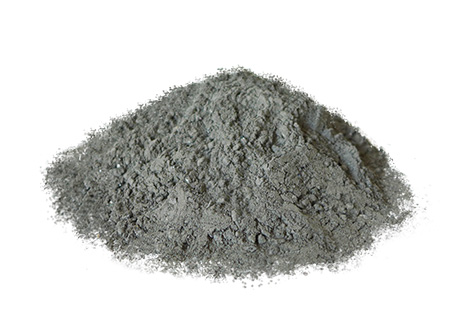The blast furnace iron channel is composed of the main iron channel(main iron channel), iron trough(branch trough) and slag trough. After the molten iron flows out of the blast furnace tap hole, it passes through the molten iron channel system, after slag and iron separation and pretreatment, flows into the molten iron ladle or torpedo tanker. When the blast furnace is tapped, the temperature of the molten iron is as high as 1450 ~ 1570 ° C. The working lining of the refractory materials working layer of the tapping pit is repeatedly and frequently subjected to erosion, abrasion and corrosion by high temperature molten iron and slag. The refractory lining of the section is even more corroded, becoming the largest part of the refractory consumption of blast furnace ironmaking.

Iron channel is built in steel plate trench or concrete foundation. The permanent layer is generally built with clay bricks or unshaped refractory materials (also called the monolithic refractory), and the working layer uses carbon-containing ramming mass materials or carbon-containing refractory castables. Among them, carbon-containing refractory castables are commonly used refractory materials for iron tapping grooves, such as Al203-SiC-C ramming mass material and castable.
The carbon-containing unshaped refractory at the slag line of the main iron ditch should have the following properties in order to withstand the harsh conditions of use:
- Chemical Corrosion Resistance. That is, chemical corrosion resistance and penetration of molten slag and high-temperature molten iron. Especially, it is required to have good corrosion resistance when the temperature is higher than 1500 ° C. At the same time, it also requires good penetration resistance of molten slag and molten iron.
- Good High Temperature Mechanical Properties. It has excellent high-temperature abrasion resistance, that is, it must be resistant to the impact and erosion of molten slag and molten iron.
- Has a Dense Structure. Better volume stability at high temperatures.
- Good Oxidation Resistance. For carbon-containing refractories, good oxidation resistance is required.

Experts from Rongsheng Kiln Refractory Factory introduced that in addition to using blast furnace spray paint and blast furnace ramming mass materials, the method of vibration is also used to form iron channel by pouring. When using these methods, the residual trench lining can not be removed and the original trench lining can be fully utilized, thereby reducing the consumption of refractory materials and improving the working conditions of the construction. Also to extend the life of the iron channel.
Rongsheng kiln refractory manufacturer, with more than ten years of production and sales experience, provides high-quality refractory products for blast furnace iron channel. Our products have passed ISO9001: 2005 quality certification and have been sold to more than 60 countries and regions in the world. If your blast furnace iron channel refractory lining needs repair or replacement, please contact us. We will get in touch with you in the shortest possible time.